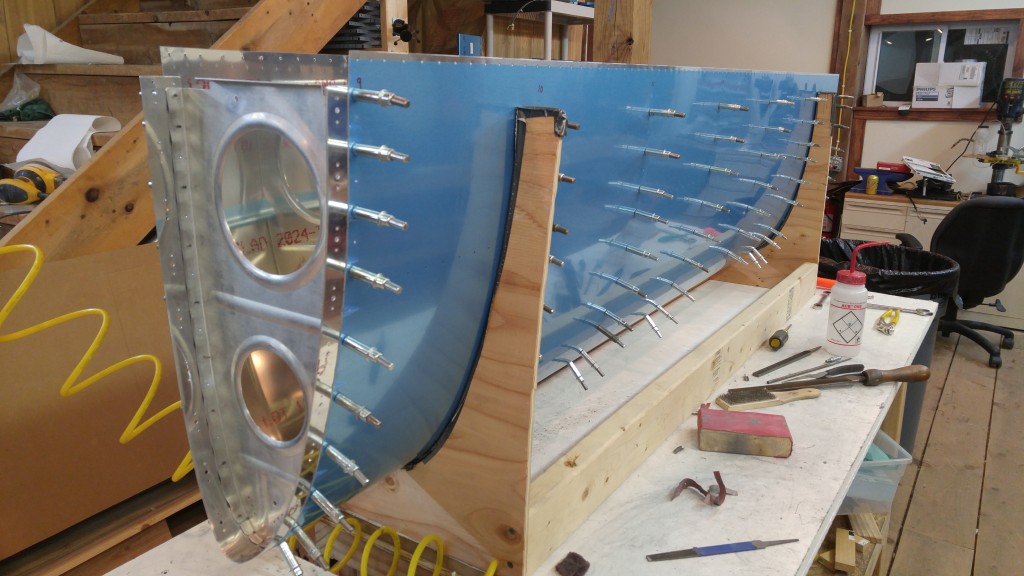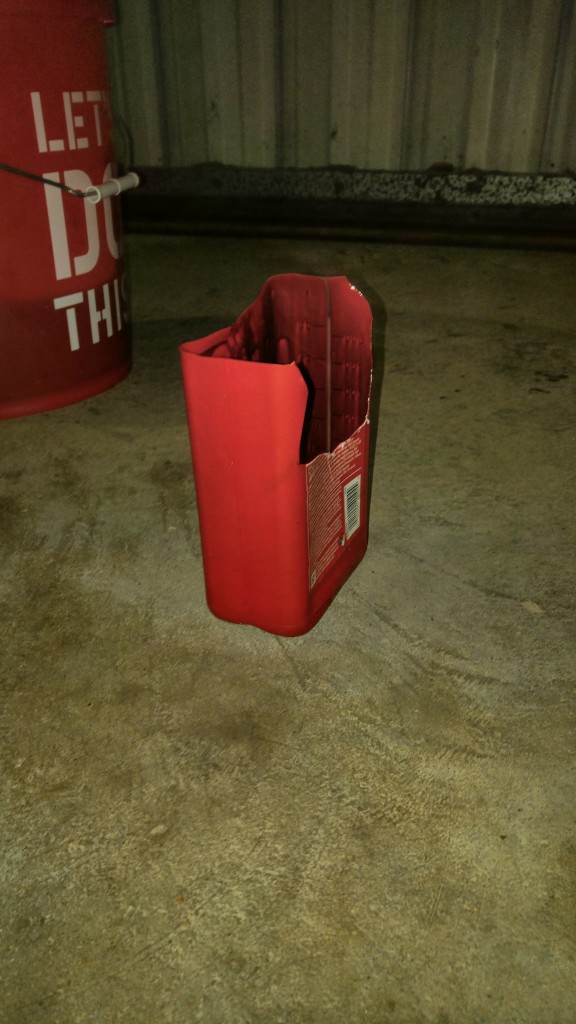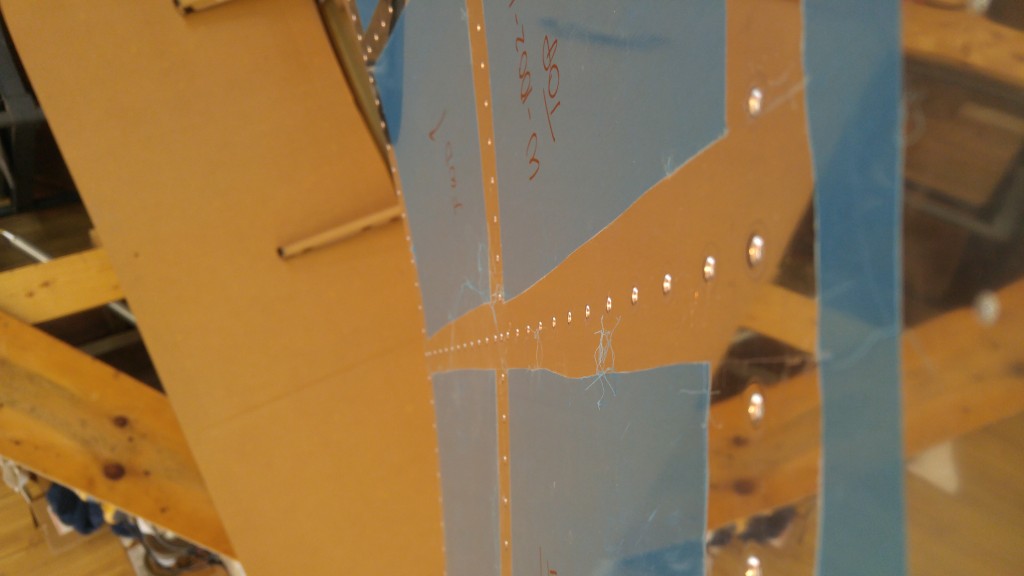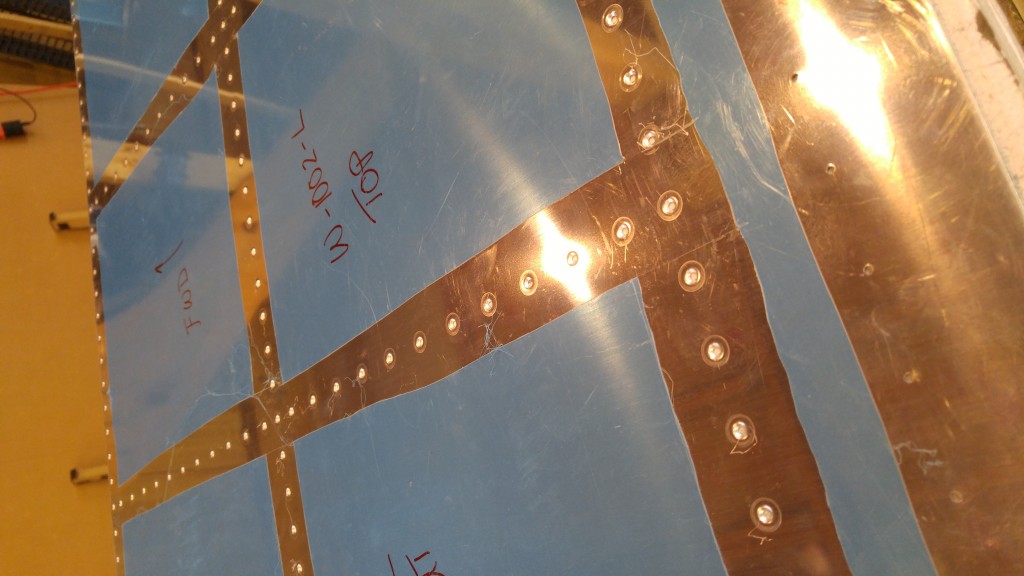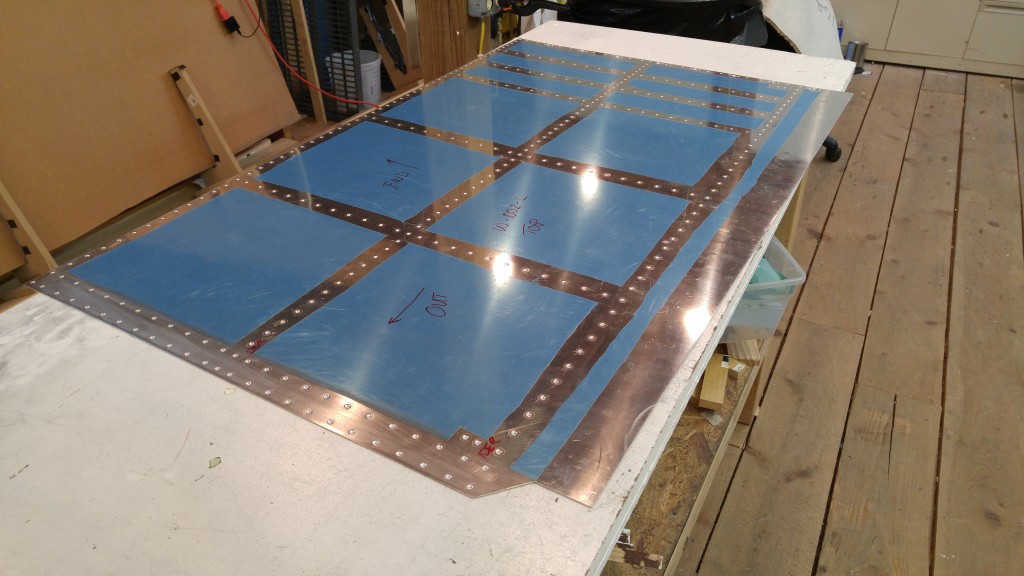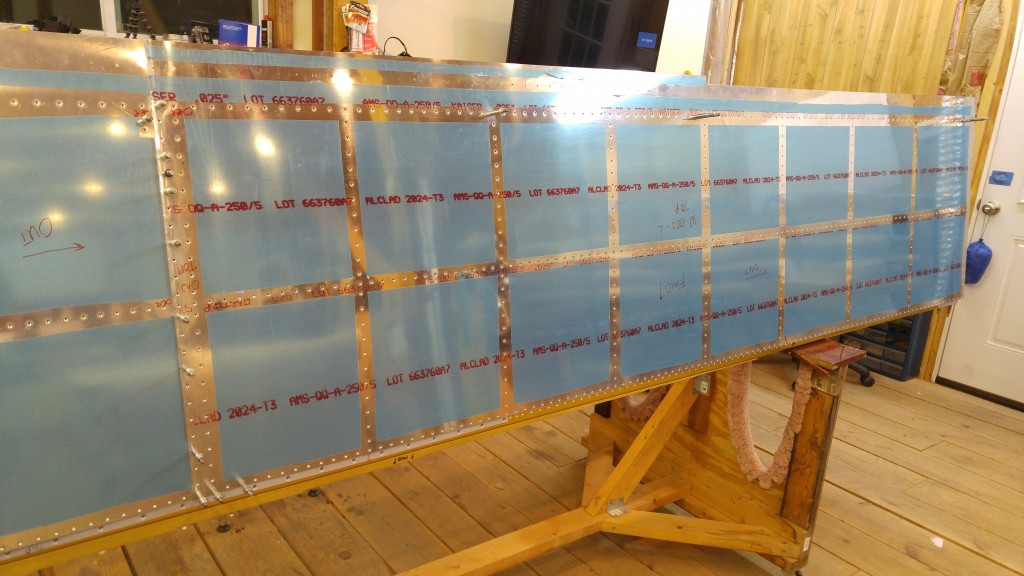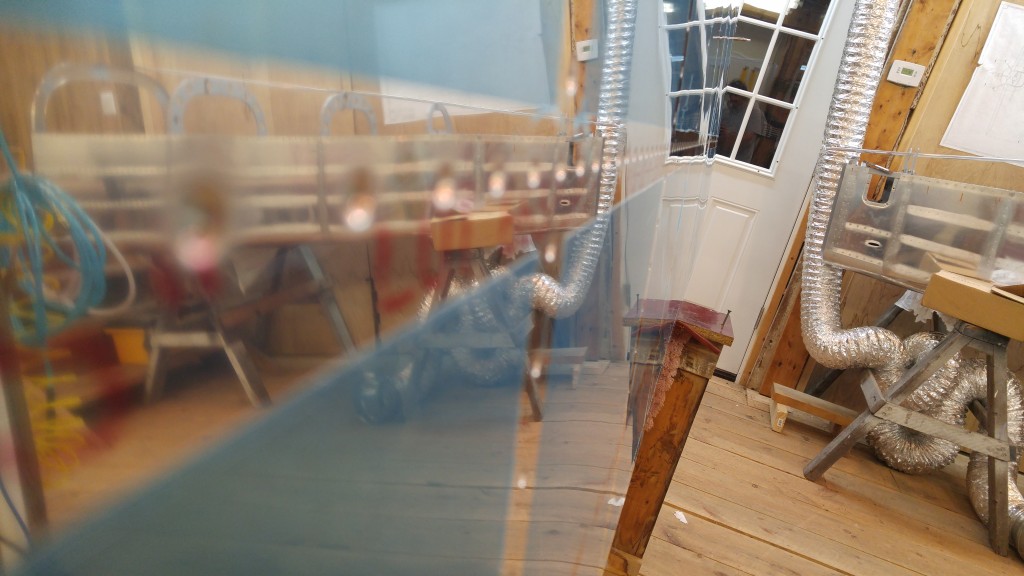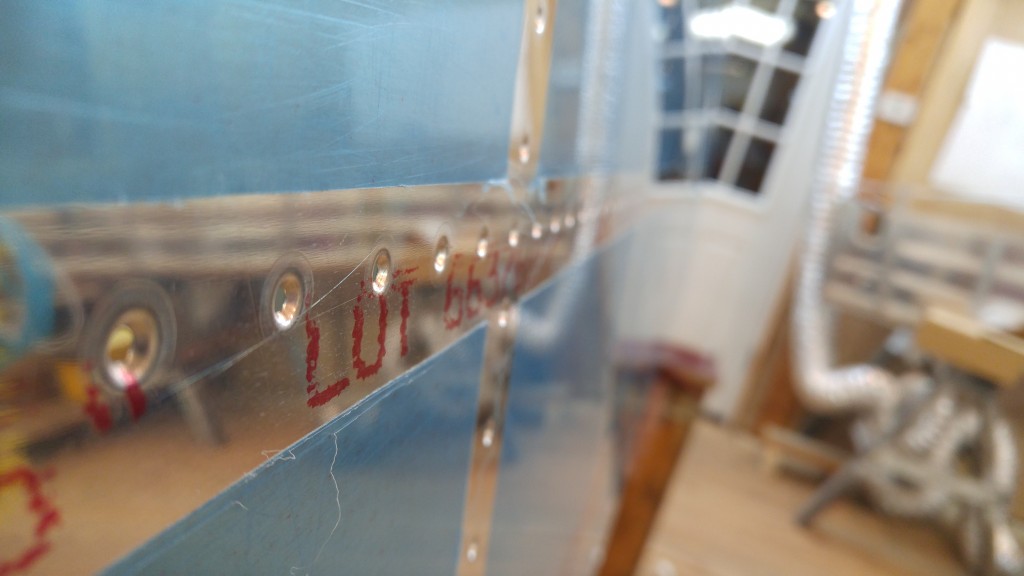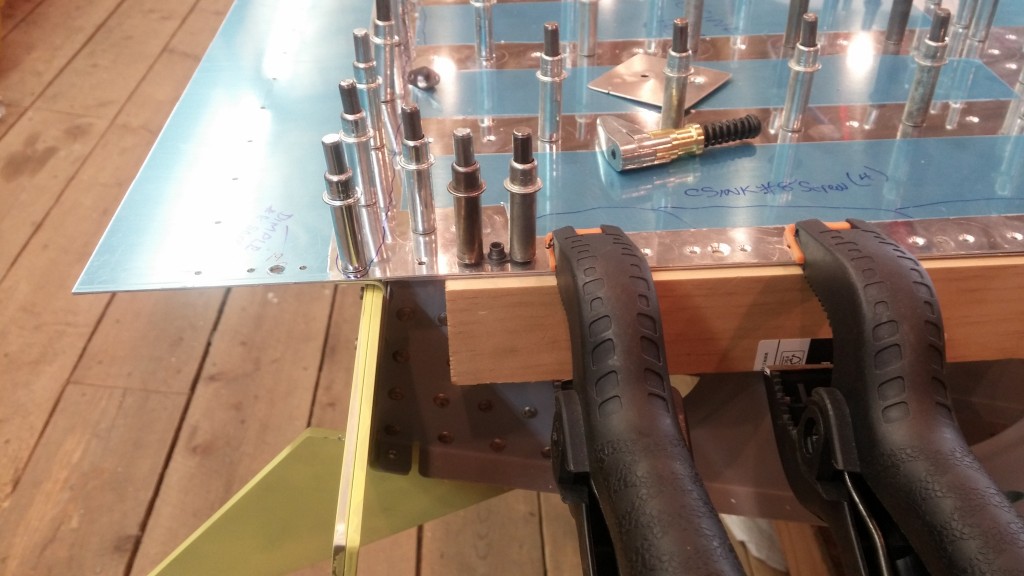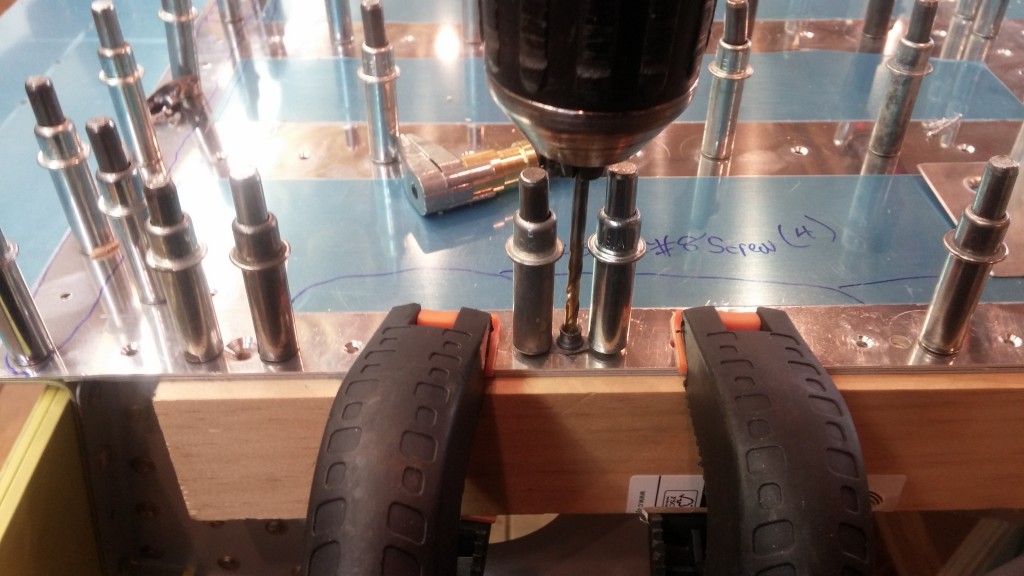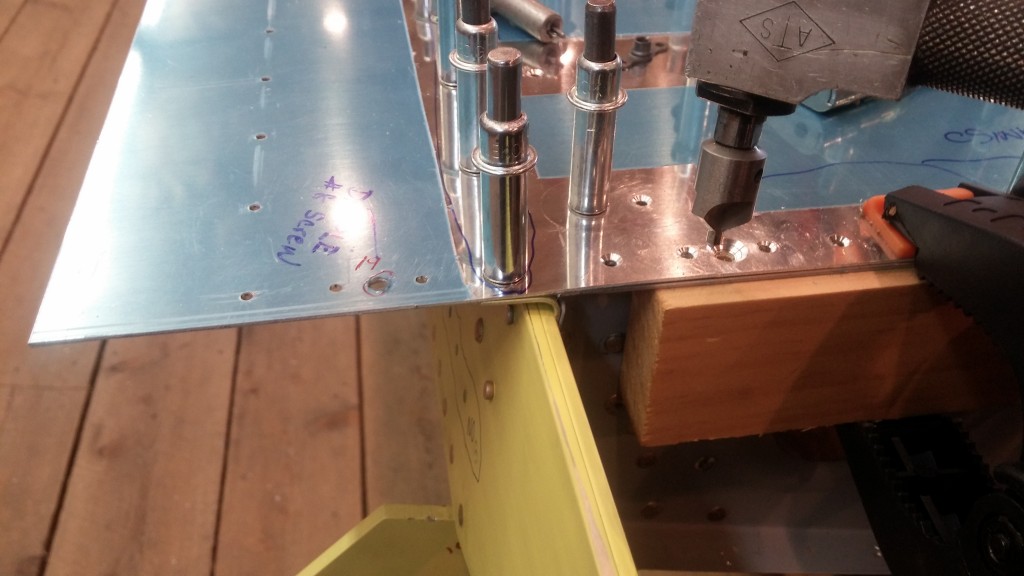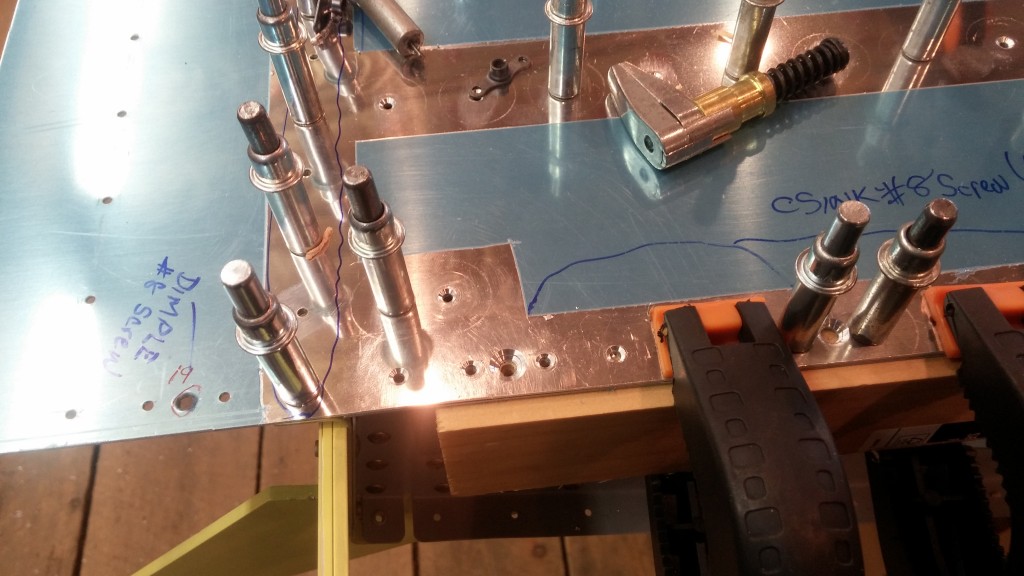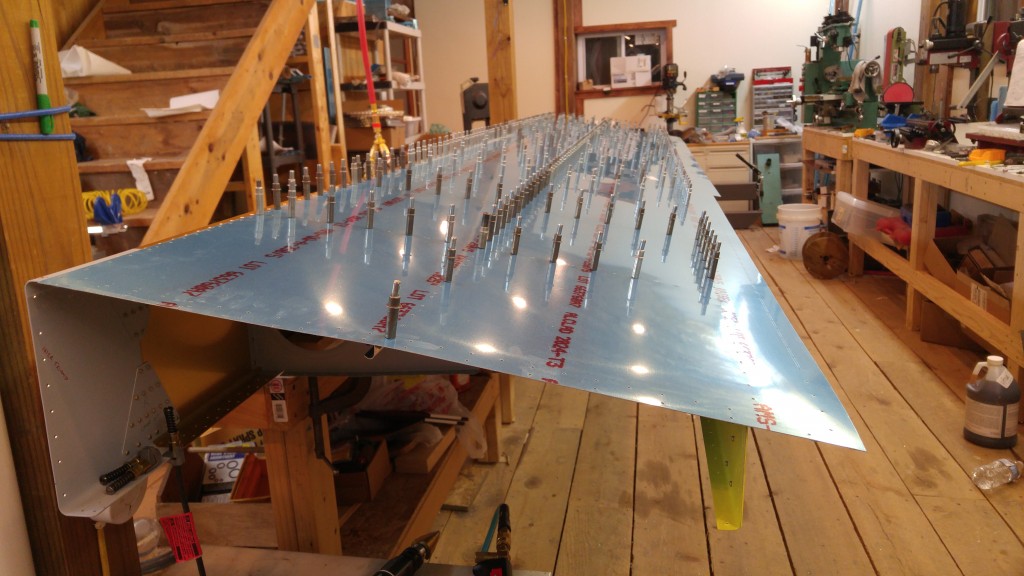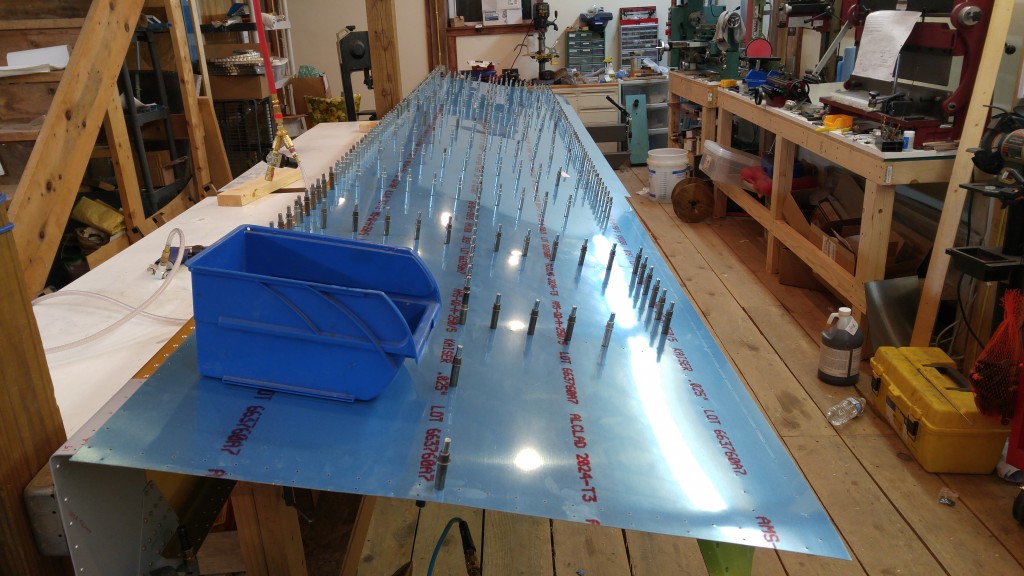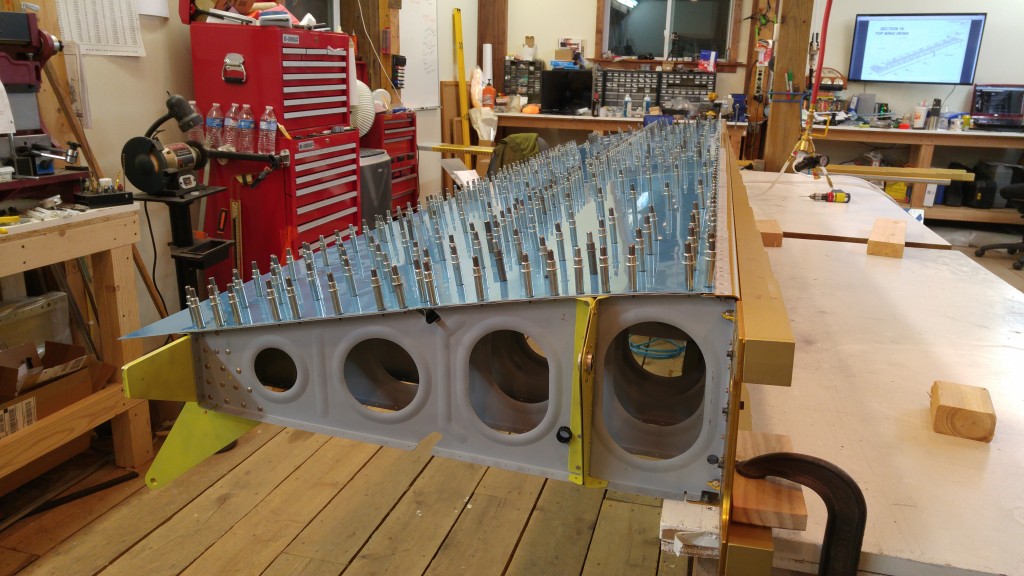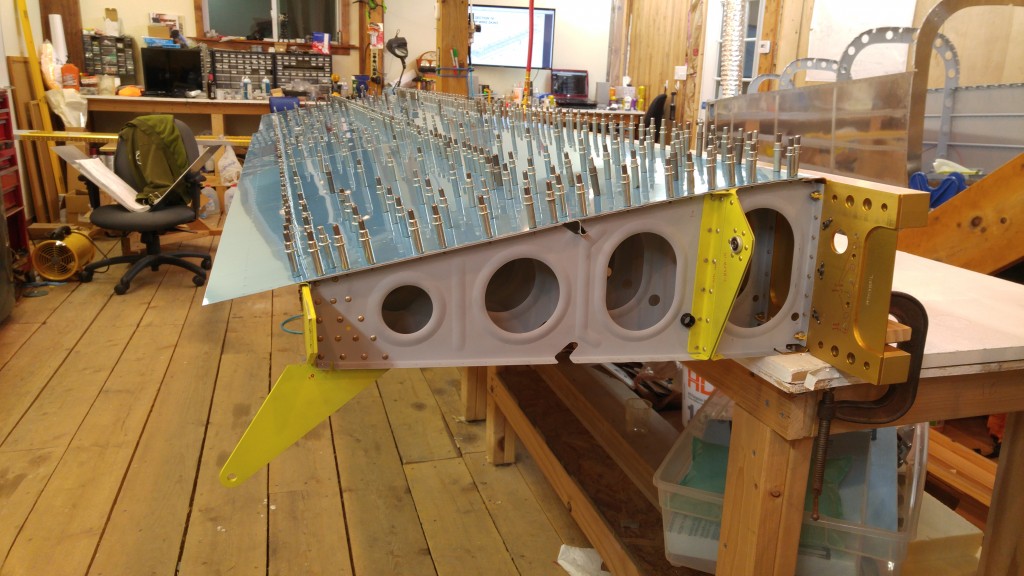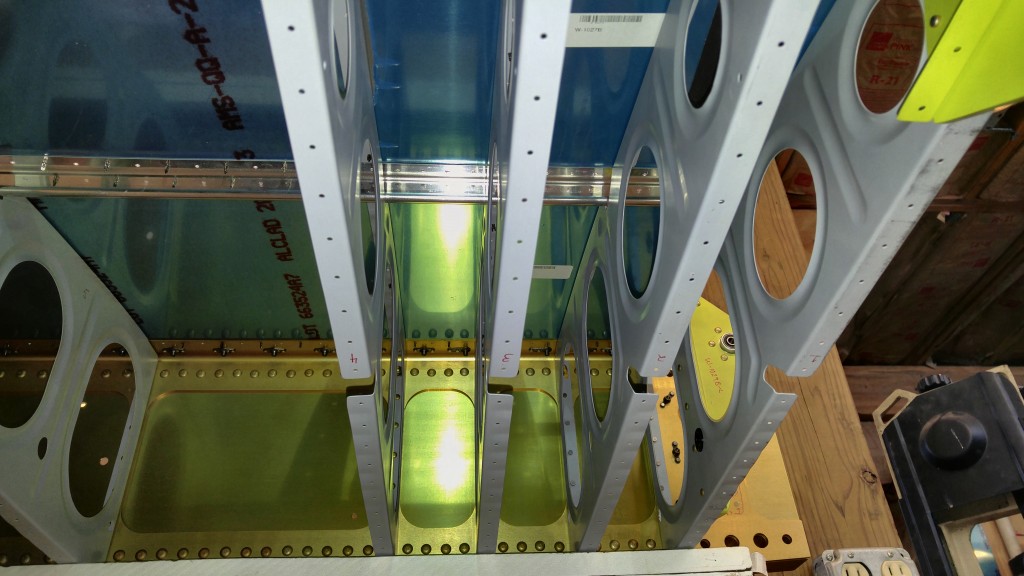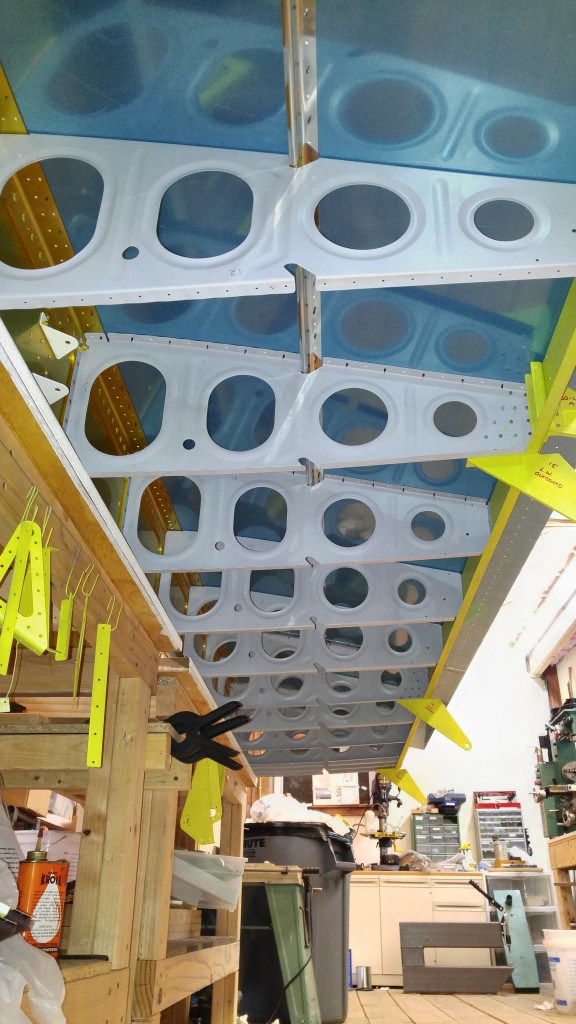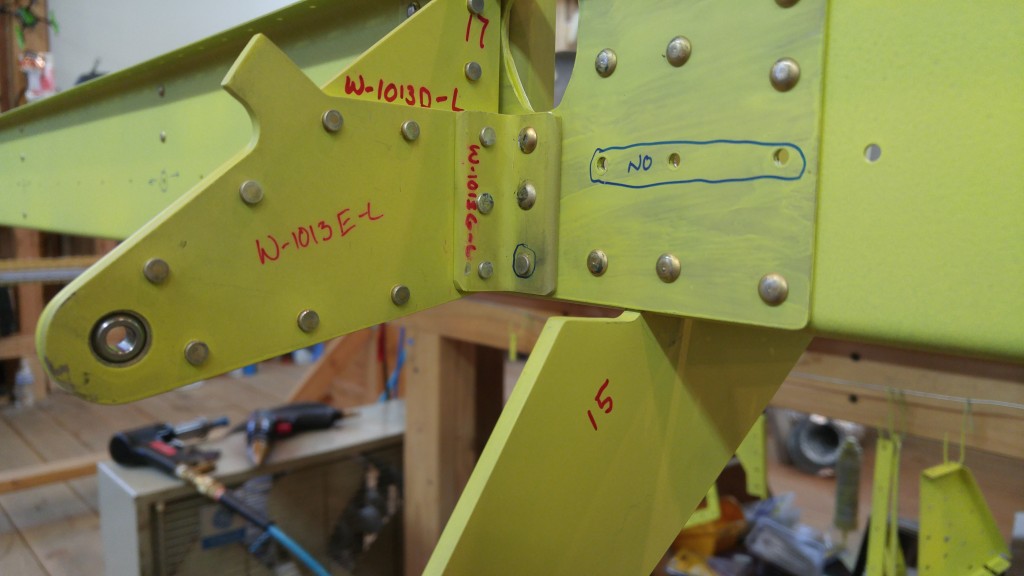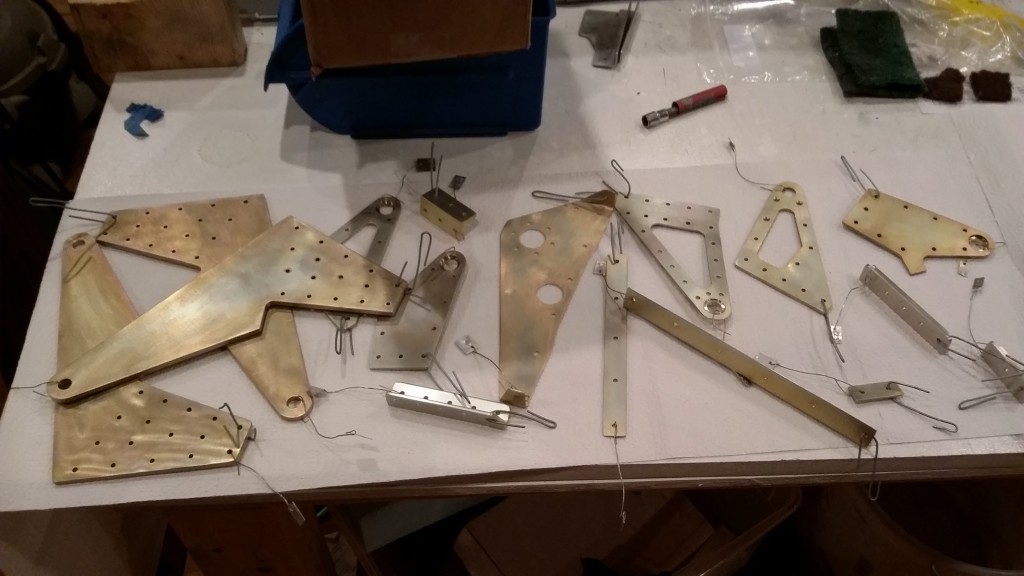I finally finished deburring all of the remaining leading edge and fuel tank ribs for both wings. This incredibly tedious job was made much quicker by the use of some small abrasive wheels that had been recommended on VAF. I had seen these months ago but never got around to buying any until last week. They enabled me to cut down the time to finish deburring a rib from close to an hour to more like 10 minutes. Unbelievable!
I primarily used the 3M wheels for finishing and polishing and the Brite Rite wheels for roughing work. I only used about 3 Brite Rite wheels (they are very durable, but remove a lot of material) and about 10 3M wheels.
It is such a relief to be done with this part of the build! When I have to deburr ribs in the fuselage, I will definitely be using this technique. It should work for all kinds of other parts as well. I’m going to order lots more of these wheels.
